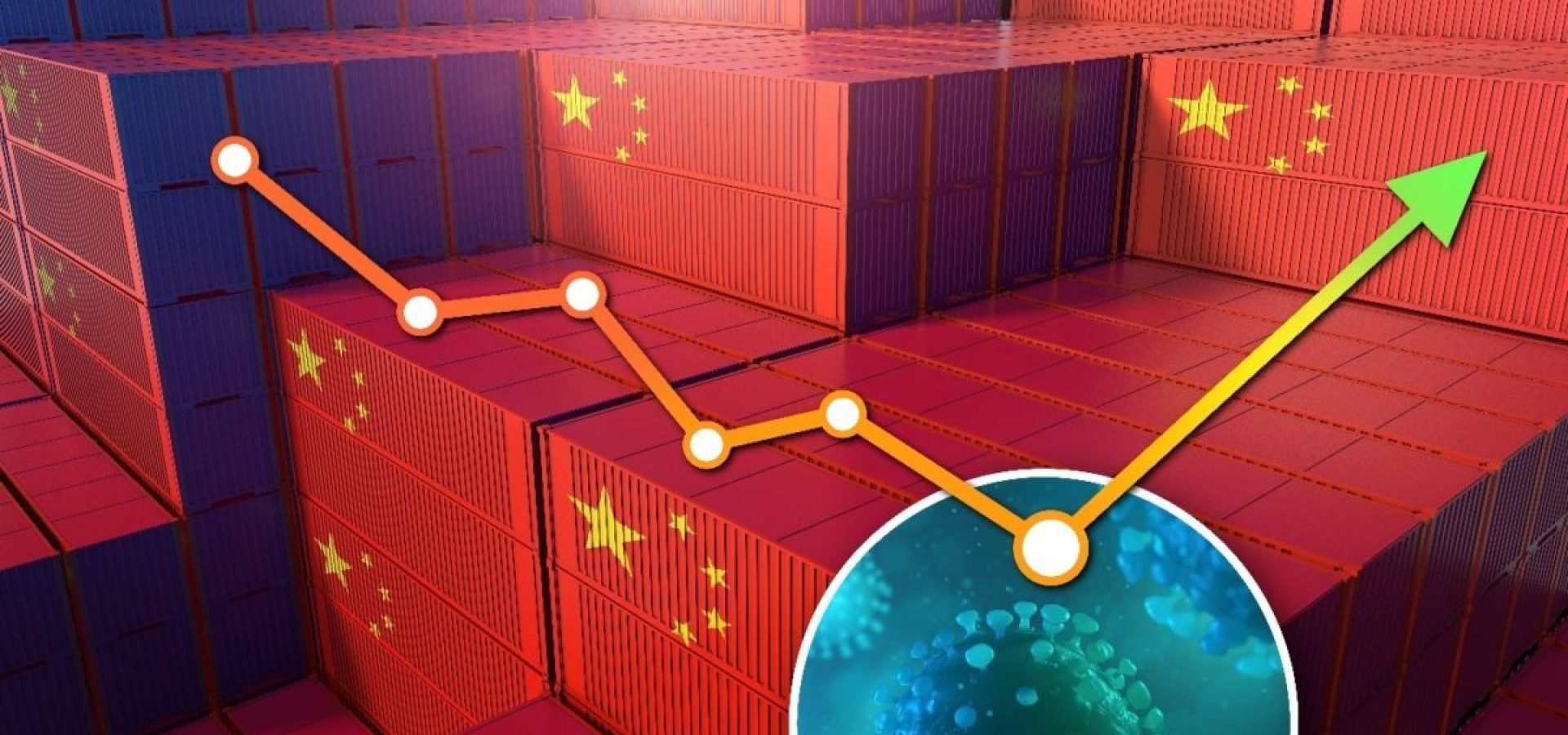As we know, there was a critical shortage of shipping containers due to the pandemic, including massive blockage in the Suez Canal.
Now, businesses and consumers face another shipping crisis, as a virus outbreak in southern China disrupts port services and delays deliveries. Additionally, the crisis is lifting costs again.
The Chinese province of Guangdong has witnessed a sudden rise in coronavirus infections. Authorities have moved to shut down districts and businesses to stop the virus from spreading rapidly.
According to analysts and those in the shipping industry, that’s causing massive shipping delays in major Chinese ports and driving up already-high shipping costs.
Guangdong, which is a major shipping hub, accounts for around 24% of China’s total exports. According to the World Shipping Council, it is also home to the Shenzhen port and the Guangzhou port, the third largest and the fifth largest by container volume globally.
The first local case of the Delta variant, first detected in India, was found in Guangzhou in May and has since increased to more than 100 cases. Authorities have imposed lockdowns and other measures to constrain the processing capacity at ports.
Skyrocketing shipping costs have been a direct effect of the crisis. Analysts say that shipping costs are at all-time highs, and nobody can say where this will peak.
JP Wiggins, vice president of corporate development at shipping software firm 3GTMS, warned that rates are fluctuating wildly. He advised shippers to plan on spending twice as much since it’s unclear where this is going.
China’s port crisis will cause much more disruption for the American consumer
According to Shehrina Kamal, vice president of Intelligence Solutions at Everstream Analytics, shippers who cannot afford the delays will look to convert ocean freight shipments to air freight, which will further boost shipping costs.
JP Wiggins also added that the port crisis in China will cause much more disruption for the American consumer as many of the affected shipments are destined for North America. As we remember, the Suez blockage had a greater impact on European trade as many delayed deliveries were destined for Europe.
Additionally, the port at the financial center of Hong Kong has also been affected.
Cross-border delivery have been possible there via trucking. However, authorities recently tightened measures due to the COVID-19 pandemic. That indicates all cross-border trucks will require to undergo sterilization, among other measures, which will likely delay cargo movement and processing overall.
Remarkably, inflation remains high. Zhang from Pinpoint Asset Management announced that the turnover in the ports in Guangdong will remain slow in June, and even other parts of China would likely become more cautious.
That could drive up prices as investors fret over surging inflation and what it might mean for interest rates.









COMMENTS